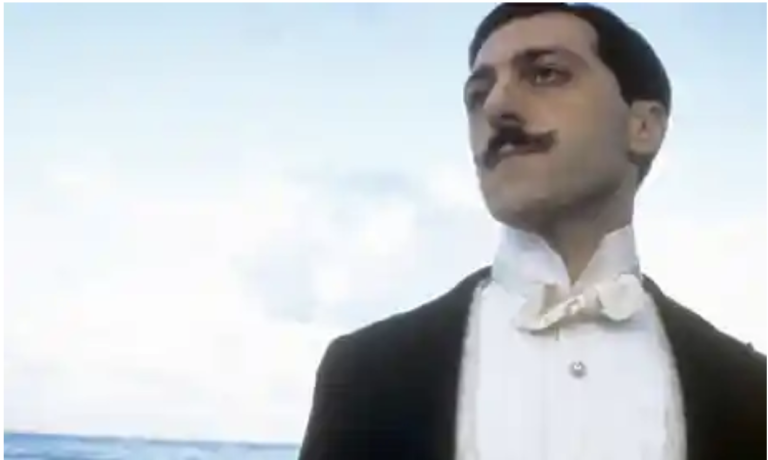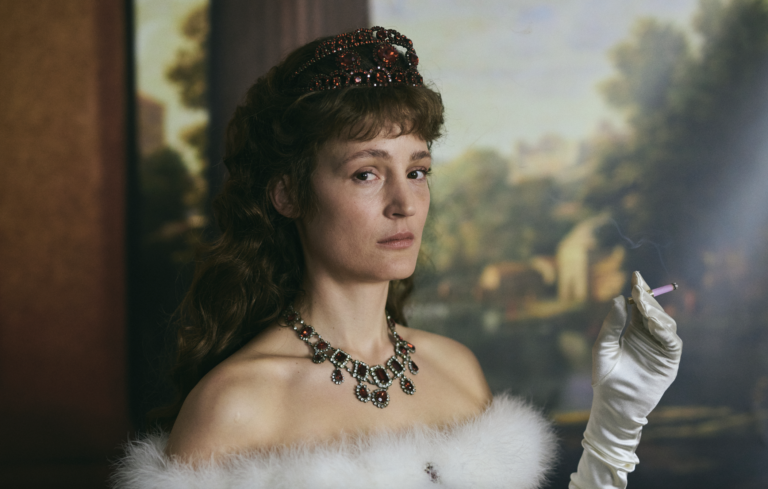Previews for the Broadway show Amélie, adapted from the beloved French film of the same name (original title: Le Fabuleux Destin d’Amélie Poulain), began mid-march and the show’s official run started Monday, April 3rd.
In many ways, the essence of the film makes Amélie‘s Broadway transition almost inevitable. Critics and fans swooned over the 2001 French-language blockbuster, starring the captivating Audrey Tautou as an eccentric young woman living in her own version of reality. That whimsy and fantasy of Amélie’s world translate perfectly on stage, leaving viewers smiling in the same feel-good stupor evoked by the original film.
Phillipa Soo (Amélie) made her Broadway début playing Eliza Schuyler, one of the leads in the hit show Hamilton, for which Soo was nominated for a Tony award. She’s also a Juilliard graduate and sang a duet for Disney’s animated film Moana (although it sadly didn’t make the final cut)—and it’s obvious why she now headlines her own show. Her voice is a clear and pure soprano, and she embodies Amélie’s disarming sweetness perfectly.
One of the highlights of the show is “Goodbye Amélie,” a reimagined version of what the film’s fans will remember as Amélie watching her own eulogy on TV. In this number, Elton John serenades our star and dances around in a dream sequence that truly is a Broadway-worthy performance. The supporting cast comes together in another show highlight in “A Better Haircut,” a musical number in which Amélie’s work friends grill Nino on his intentions with her. Georgette, the zany hypochondriac tobacconist, played by Alyse Alan Louis, shines with a laundry-list of love analogies (in the form of ailments, of course), delivered in song.
Purists should not expect an exact film-to-theater reproduction. Amélie the film is all about the closeups on our protagonist’s face as she schemes to set up two friends or to wreak havoc in her cruel neighbor’s apartment—we see the twinkle in her eye and her disarmingly childlike smile as her plan develops. Without the benefit of artful cinematography, many of the Amélie’s original beloved nuances are lost.
The play substitutes for the lost subtleties with witty one-liners, light musical numbers, and an innovative use of stage props and technology. The crew uses special effects and saturated lighting to re-create the cartoonish essence of the movie, and where closeups really are necessary—like seeing the infamous lawn gnome’s world travels—the enlarged images are projected onto the backdrop. And in this musical, the world-traveling lawn gnome is played by a real human actor.
Don’t enter with an expectation to see an Audrey Tautou hologram or impersonator onstage; Soo’s Amélie manifests herself in a much more physical, perhaps overly expressive kind of way (though that’s admittedly necessary for a theatre setting). That said, as a standalone performance, Soo’s Amélie is altogether enchanting.
Despite the loss of the subtle pleasures of the film, viewers will be hard pressed to leave the theater not smiling. The cast as an ensemble creates a magic on stage unique from the film. At the core, Amélie is a feel-good and fun show. It’s a joy to watch for anyone who especially enjoyed the whimsy and magic of the original film.





